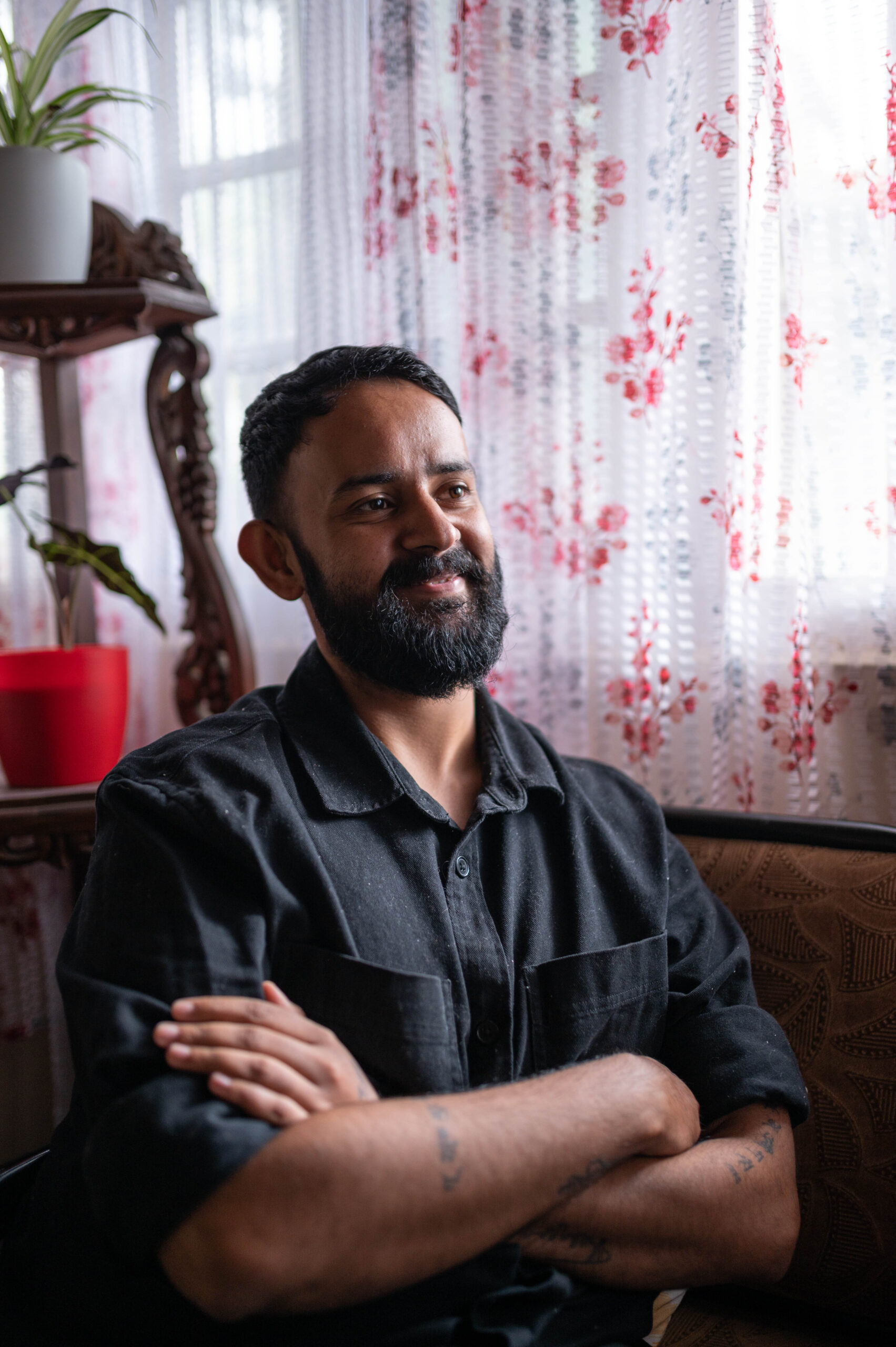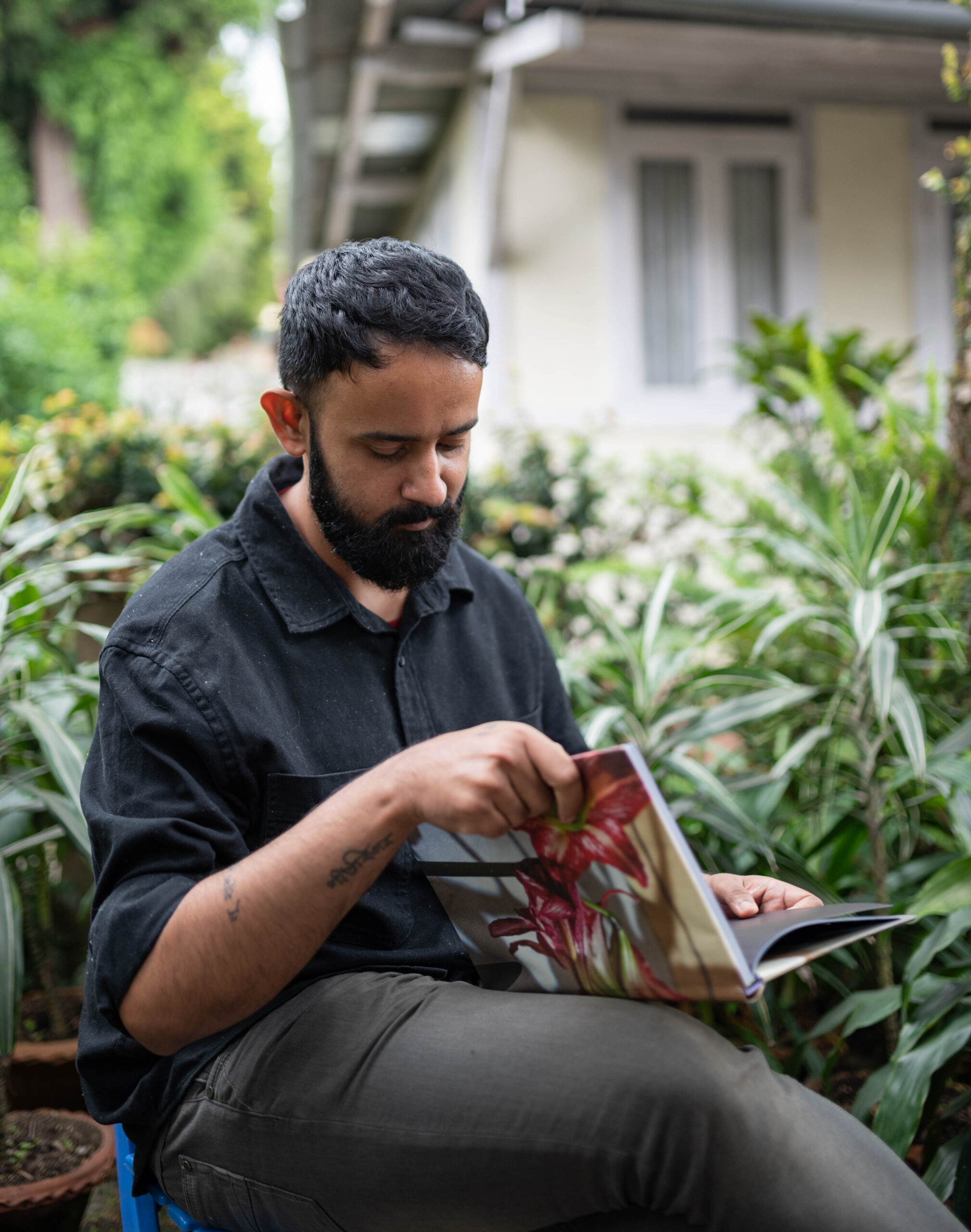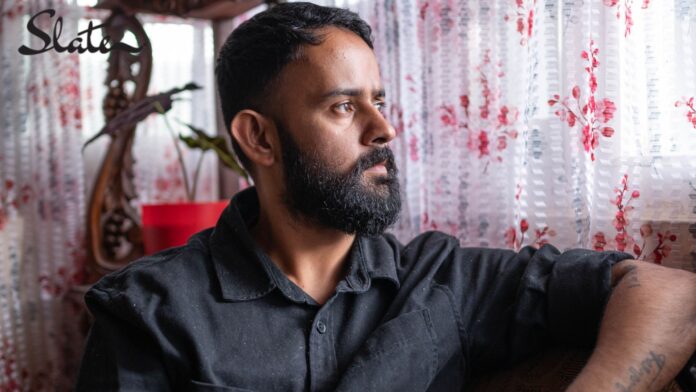By Ferdinand Rani | SHILLONG:
Can a person belong to two different places or are binary identities a figment of our small-mindedness – the narcissism of small differences made large by manufactured borders of ethnicity, land and language? Anurag Banerjee, a photographer from Shillong and based in Mumbai, explores this nuance of belonging to Shillong with Ferdinand Rani.
Shillong is home to more stories than there are people – the weather, the flowers, and the streets have their own stories to tell. Anurag Banerjee, a Bombay-based independent photographer who grew up in Lachumere and Bishnupur, has now put these captured stories on paper.

Banerjee spent eight long years, since 2014, capturing the city for his latest book I’m Not Here. An Edmundian, Banerjee says, “Shillong is home. It makes me who I am. I come from this place of immense and unassuming beauty which I always carry within me something that I cannot grow out of or do not want to”.
Seventy-one photographs narrate the story of a home for those who feel they belong to Shillong in the Khasi Hills. After the then Citizenship Bill Amendment protests in 2019, Banerjee included a series of seven short essays on what it means to belong to a space you are not considered “indigenous”. “How do we negotiate this space?”
In 2020, the conflict of identity confronted him more directly, and changed his perception of Shillong. “There was this burning desire in me to get to know the community here. How can you call a place home if you don’t know its people?” In some sense, I’m Not Here is the re-discovery of Banerjee’s shared roots with the people of Shillong. Each story in the book is a gift to be unwrapped by the reader – but the part of the book Banerjee holds dear is the cover. “It has no title, is made of thin paper with images of flowers … my mother’s flowers”.
The book starts with a quote by African-American writer and radical activist James Baldwin: Perhaps home is not a place but simply an irrevocable condition. “The first section is the establishing shots of the place, and then I slowly go into what I want to evoke at a particular point of time – the feeling I want the readers to have. Eventually, this is how I want to end the book; hence, it ends with a piece of text which talks about the dichotomy of being from two places – Bombay and Shillong”.
 Banerjee’s earlier work includes Love in Bombay, which documents how people exist in public spaces to express private, intimate moments. “That is the work people know me by. It lived and breathed on Instagram. So many people associate me with that work. I too had thought like most other people that that would be my first book”. However, Banerjee wanted his first publication in print to speak to who he is – “an explanation of sort to explain who I am and why I am the person that I am, and therefore, Shillong… to say that this is where I come from”.
Banerjee’s earlier work includes Love in Bombay, which documents how people exist in public spaces to express private, intimate moments. “That is the work people know me by. It lived and breathed on Instagram. So many people associate me with that work. I too had thought like most other people that that would be my first book”. However, Banerjee wanted his first publication in print to speak to who he is – “an explanation of sort to explain who I am and why I am the person that I am, and therefore, Shillong… to say that this is where I come from”.
I’m Not Here joins the small list of published photography from Meghalaya. “Everything that goes into the making of a photobook – the design the size, the way you lay out your images, the cover and the form”, he says, is to create a complete story with a beginning, middle and end.

To make the series universal, Banerjee deliberately avoided the overuse of portraits, a common weakness amongst photographs attempting to capture the life of a city. “There is only one image of my father one of my mother and one of Snowy the dog. This is because the more details of my life I add to the book, the more it becomes about me. They come as representations rather than concrete people and concrete characters in the book”.
Although centred on Shillong, Banerjee choice to include the outskirts of the city and Sohra reflects how so much of the identity of “Shillong” rests within the rural beyond outside of it – the place where the residents of the city escape to in the darkness of the night for friends, for family and for lovers.
The greatest difficulty in capturing the city, however, comes in creating the narrative from the raw material. Editing alone took Banerjee a month. The physical production was costlier than normal owing to the offset printing technique and the use of specialised photopaper Renoir Natural, which allows the finer details of a photograph to show through. This could only be done in Delhi, which has one of the few printing presses for high-quality publications of photography.
Already popular in Delhi and Mumbai, where Banerjee launched the book three months ago, Banerjee hopes that the 3 June launch in Shillong produces the same results. “I have sold a little over half the print run. The book has travelled to Japan, Thailand, Australia, Paris, the United States… and the general feedback has been quite positive. I need the book to exist in its home… that it exists in the hands of people from the place where it belongs. I definitely want this to be a starting point for photographers to look at this book, and understand that this is also a way one’s work can exist. Hopefully, this will be the first of many books in Shillong”.
For enthusiasts in Shillong, the book comes at a special price: “More than supporting me, this is to say that this is your book. A book from this region and you should have this book. The one thing I would want people to know is how beautiful Shillong is and how the weather in this place is like a dream”.
Musicians, writers, artists and workers of varied stripes have created a cosmopolitan Shillong since its earliest inception as a cantonment town. It is a place that has, for centuries, given different people different identities. “Home is where the heart is. My heart is here”, says Banerjee.
ALSO READ: Building a Legacy: Revisiting ideas of “Father of Modern Khasis”


